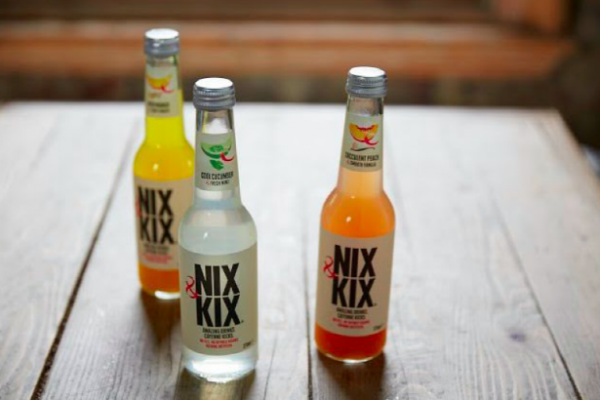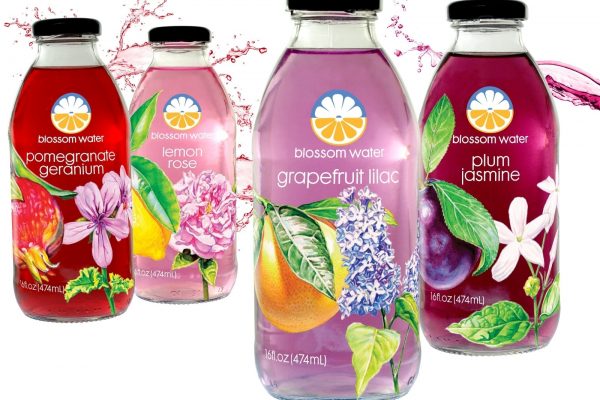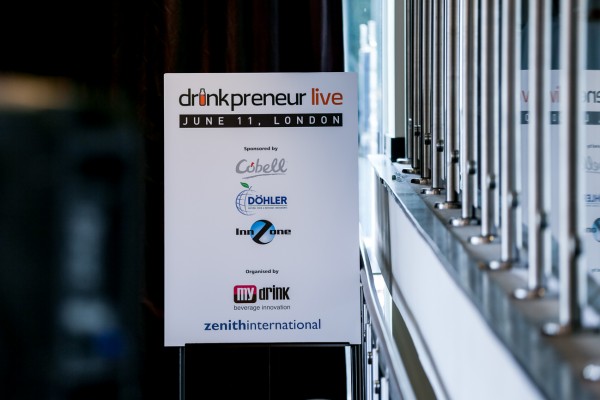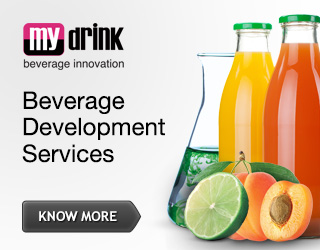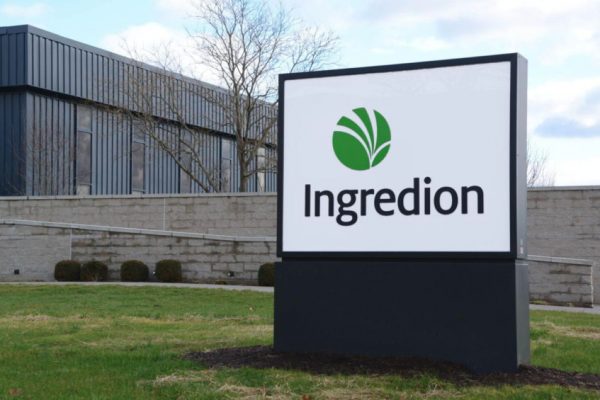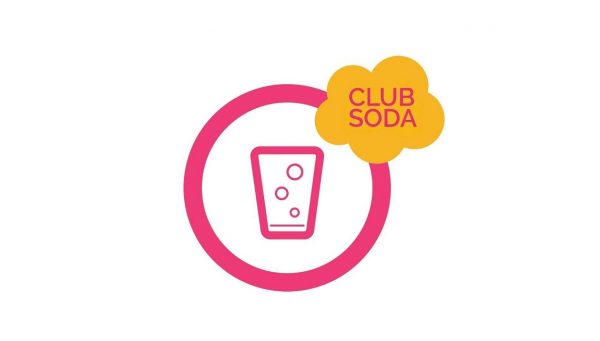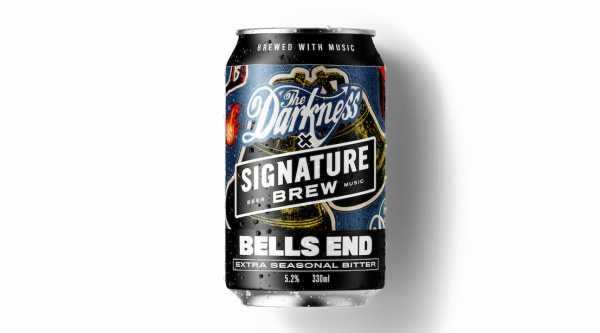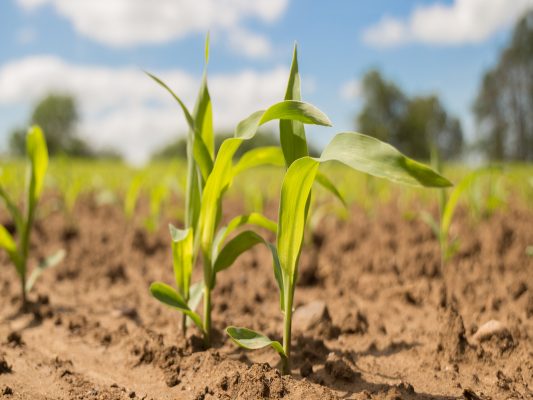How To
What Will We Be Drinking in 2019? – Up & Coming Beverage Trends
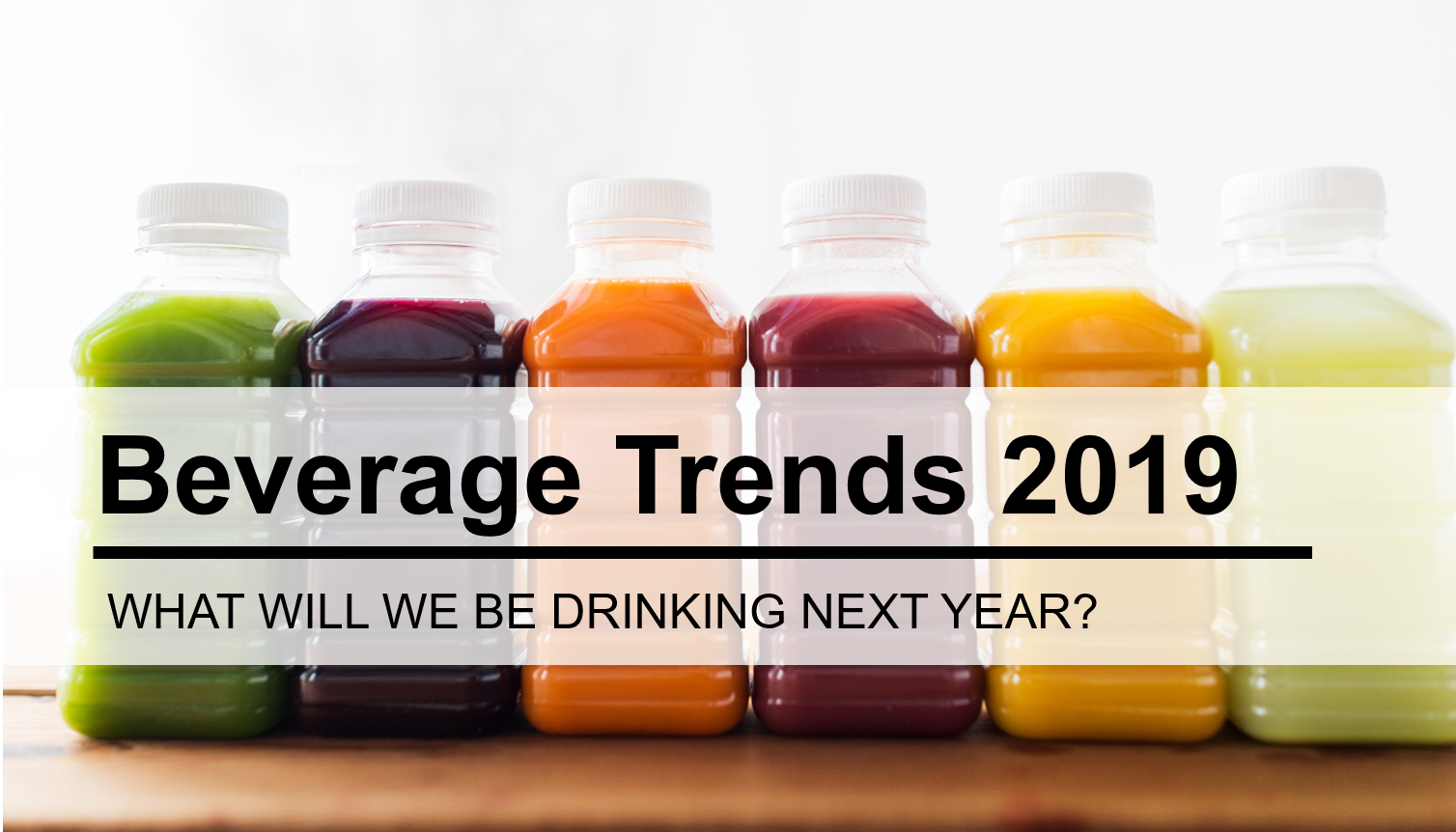 There has never been a more exciting time to be in the beverage industry. Innovation is happening across every market segment, and beverages are fitting into more areas of people’s lives than we could have ever imagined. Looking ahead it’s difficult to know exactly what’s in store, but here are some of the trends we’re expecting will play a significant role in the beverage landscape in 2019.
There has never been a more exciting time to be in the beverage industry. Innovation is happening across every market segment, and beverages are fitting into more areas of people’s lives than we could have ever imagined. Looking ahead it’s difficult to know exactly what’s in store, but here are some of the trends we’re expecting will play a significant role in the beverage landscape in 2019.
Protein Beverages
Protein beverages continue to be a popular category. Consumers are increasingly interested in health and fitness, and many of next year’s beverages will focus on building wellness. Protein has been shown to aid in muscle repair, recovery, and building, and has long been a popular drink ingredient among athletes. Today, however, a large number of protein beverages are sold to non-athletes. This growing acceptance has led to increased innovation in the forms and flavors of protein beverages offered. The most significant areas for expansion in the protein beverages category are alternative protein sources and new types of protein beverages.
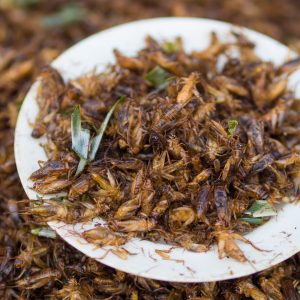 Previously, animal proteins like whey and casein were most popular, but with a growing number of vegan consumers, companies are looking towards plant-based proteins like pea, hemp, soy, oat, and rice protein. Cricket protein is also rising in popularity, and can be found in powdered form, much like traditional protein beverages, as well as incorporated into food like nutrition bars.
Previously, animal proteins like whey and casein were most popular, but with a growing number of vegan consumers, companies are looking towards plant-based proteins like pea, hemp, soy, oat, and rice protein. Cricket protein is also rising in popularity, and can be found in powdered form, much like traditional protein beverages, as well as incorporated into food like nutrition bars.
Cricket protein is a sustainable protein source, and contains all nine essential amino acids, making it a newer but popular choice among the more adventurous. Consumers that are not traditional athletes are more likely to be intrigued by drinks like protein coffee and protein water, a category we will touch on again later. Overall, protein drinks still have a stronghold in the fitness arena, but marketing has shifted to demonstrate the benefits of protein for all people, not just athletes.
Nootropic Beverages
Nootropics are a type of nutrient or supplement that helps to improve brain performance and health. Some synthetic nootropics include choline, theanine, iodine, and taurine. Popular natural nootropic ingredients include grape seed extract, ginseng, and kava kava. A favorite beverage component within the last few years, nootropics are set to see increased growth in the coming year with the continued interest in functional food and beverage. With consumers focused on reducing caffeine and sugar intake, nootropic beverages provide an energy-boosting and mind-enhancing effect without some of the drawbacks of more traditional energy drinks.
 Students and busy professionals are a growing target market for these beverages. Because nootropics are relatively new to the mass market, there are some hurdles to be overcome when it comes to proving efficacy and formulation. Sourcing ingredients, both natural and synthetic compounds, for nootropic beverages can be difficult and costly. Beyond that, there is little to no solid scientific evidence supporting the effects of nootropics, so making claims in marketing materials requires some delicate navigation. That being said, with more consumers focused on holistic and natural health options, which often have less basis in formal scientific studies, many consumers are already investing in nootropic beverages, with or without the science to back it up.
Students and busy professionals are a growing target market for these beverages. Because nootropics are relatively new to the mass market, there are some hurdles to be overcome when it comes to proving efficacy and formulation. Sourcing ingredients, both natural and synthetic compounds, for nootropic beverages can be difficult and costly. Beyond that, there is little to no solid scientific evidence supporting the effects of nootropics, so making claims in marketing materials requires some delicate navigation. That being said, with more consumers focused on holistic and natural health options, which often have less basis in formal scientific studies, many consumers are already investing in nootropic beverages, with or without the science to back it up.
Beverages That Are Good For Your Gut
As digestive health becomes a more researched and discussed wellness topic, fermented beverages, probiotic, and prebiotic beverages will likely grow even more popular. Kombucha is one of the most popular fermented beverages and has gaied fairly widespread appeal in the past few years. Kombucha is a fermented probiotic tea, often with fruit juice, chia seeds, or other flavoring components added after the fermentation process. Other fermented beverages have shown promise, but none have quite seen the popularity of kombucha yet.
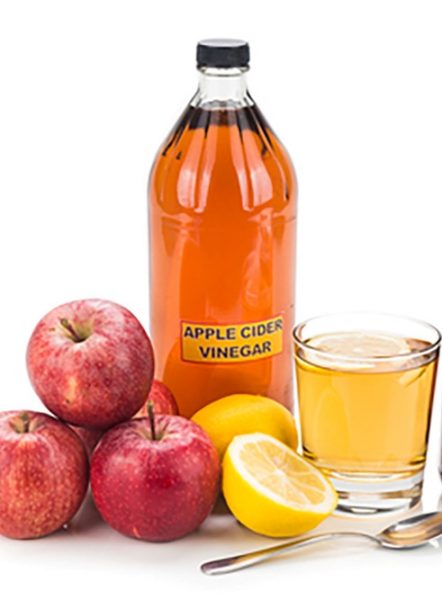 There’s considerable room for growth in 2019 for kombucha as well as other, less popularized fermented beverages. Young adults, in particular, are more likely to purchase functional food and beverages over traditional options. Kefir is another type of fermented beverage, made from milk to create a yogurt-type drink, while raw apple cider vinegar-based beverages, like flavored switchels, are also beginning to increase in popularity. Most of the health claims made surrounding fermented beverages are spotty at best, so formulation and marketing should be handled carefully. Another area of opportunity in this realm is prebiotic beverages.
There’s considerable room for growth in 2019 for kombucha as well as other, less popularized fermented beverages. Young adults, in particular, are more likely to purchase functional food and beverages over traditional options. Kefir is another type of fermented beverage, made from milk to create a yogurt-type drink, while raw apple cider vinegar-based beverages, like flavored switchels, are also beginning to increase in popularity. Most of the health claims made surrounding fermented beverages are spotty at best, so formulation and marketing should be handled carefully. Another area of opportunity in this realm is prebiotic beverages.
Prebiotics are less well known, but they come from fiber-dense foods that are difficult to digest such as garlic and leeks. While probiotics help to replace good bacteria in the gut, prebiotics actually feed this good bacteria to keep it thriving. While prebiotics are only beginning to become a buzzword in health and wellness, expect to see more prebiotic beverages and supplements popping up in the near future.
Collagen/Beauty Bevs
Another trend meeting the high demand for functional beverages is collagen-infused beverages. Collagen, an animal-derived protein believed to benefit skin, hair, muscles, and joints, is also the main structural protein found in our skin. Because of this, collagen has long been a popular ingredient in topical beauty products and supplements, especially in the U.S. market. However, in the Asian food and beverage market, collagen has been a widely-used, and now that trend is spreading around the globe. In Japan, you can find products ranging from collagen noodles to candies, to entire restaurants based on “beauty-from-within” recipes including—yes, collagen.
Google Trends tracked a record high this year for consumer interest in products containing collagen. Some of this awareness is likely due to the recent popularity of bone broth, a savory beverage option that contains collagen.
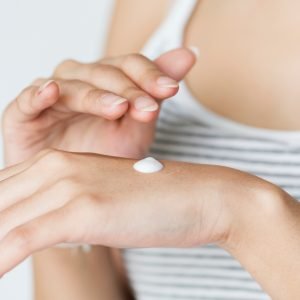 Collagen is ideal for incorporation into food and beverage because it’s odorless, tasteless, is stable in a solution, dissolves easily, and tolerates a wide range of storage and processing temperatures and conditions. It should be noted, however, that while the benefits of collagen are popularly accepted, there’s little actual data to support the claim that collagen supplements have a significant effect on skin, hair, or joints.
Collagen is ideal for incorporation into food and beverage because it’s odorless, tasteless, is stable in a solution, dissolves easily, and tolerates a wide range of storage and processing temperatures and conditions. It should be noted, however, that while the benefits of collagen are popularly accepted, there’s little actual data to support the claim that collagen supplements have a significant effect on skin, hair, or joints.
Additionally, the recommended dose of collagen to see results is far too large to put into one single-serving product. But it seems as though consumers will have plenty of products to choose from in the near future: already, collagen infused ready-to-drink beverages and shots, coffee creamers, bone broths, and even gin, have hit American shelves, but there’s still massive room for growth.
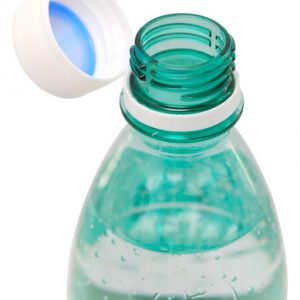
Functional Waters
Functional waters are drinking water with added health benefits, generally derived from vitamins, minerals, herbs, and fruit that are added to the water by the manufacturer. In fact, you’ll find functional waters in stores containing many of the same ingredients as the other beverages in this trend report. Protein water, probiotic water, and collagen water are all available currently.
As more consumers switch from drinks like soda that are heavy in sugar and calories to beverages that bring more health benefits, functional water is becoming increasingly common on store shelves.
Some functional waters are chemically altered in order to bring health benefits, such as increasing the amount of oxygen in the water for energy or increasing the hydrogen content, which can help to fight inflammation. Other manufacturers make their water functional by infusing it with spices, oils, fruit juice, or other natural flavors. Some popular ingredients in functional water include turmeric, mint, rose water, birch tree extract, pineapple juice, and maple sap.
Because of oversaturation of the traditional bottled water market, focus has been placed on how to make water stand out. While bottled water has been criticized for being environmentally wasteful, many still enjoy the convenience of bottled water, and increasing concerns about tap-water contamination have kept the bottled water industry strong.
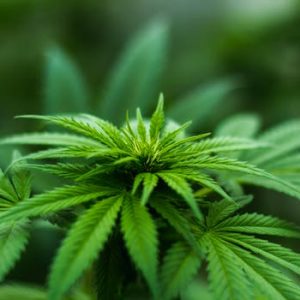 Cannabinoid Beverages
Cannabinoid Beverages
As recreational marijuana is set to become legal in Canada this month, everyone is keeping a close eye on cannabis-infused beverages. Despite the uncertainty and risk in this space, the potential upside is drawing interest. Some sources estimate that cannabinoid beverages could become a $600 million market in the U. S. in the next four years. Looking at trends in the states where cannabis sales are legal shows both promise, and room for growth and evolution. From hemp beer to CBD cold brew and THC-infused soda, companies are experimenting with different uses and combinations of these compounds depending on their geography and risk tolerance.
Adding further fuel is Coca-Cola’s recent statement indicating that they are “closely watching” the growth of non-psychoactive CBD as an ingredient in functional wellness beverages. While ambiguous legislation and state-by-state inconsistencies present challenges, the increasing awareness and appeal, and rapid developments make cannabis beverages one of the most exciting trends to watch in 2019.
With the range of new, creative, drinks available and on the horizon, one thing is for sure – no one will be thirsty for innovative beverages in 2019.
Original article was published in Beverage Industry Blog.

